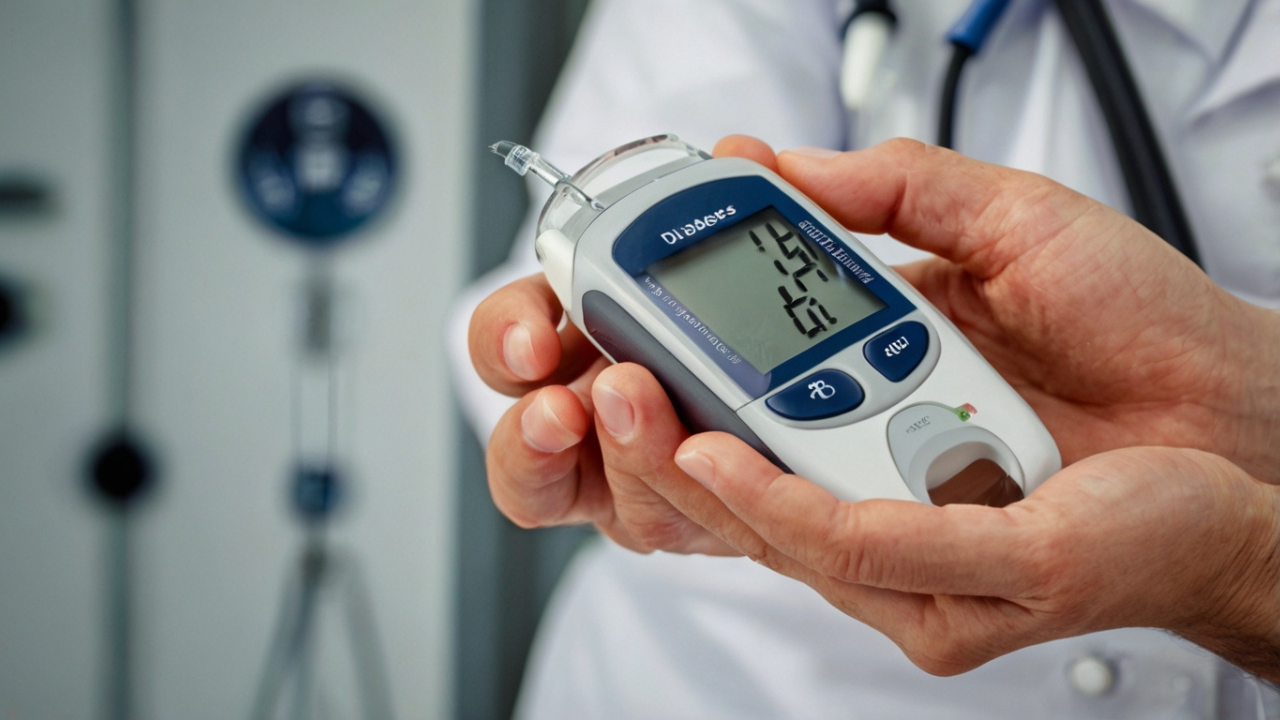What are the first signs of being a diabetic?
What are the first signs of being a diabetic? Signs of High Blood Sugar Levels High blood sugar levels, often associated with conditions like diabetes, can manifest in various telltale signs that individuals should be mindful of. Increased thirst and urination are common symptoms that may indicate elevated blood sugar levels requiring attention and monitoring.










